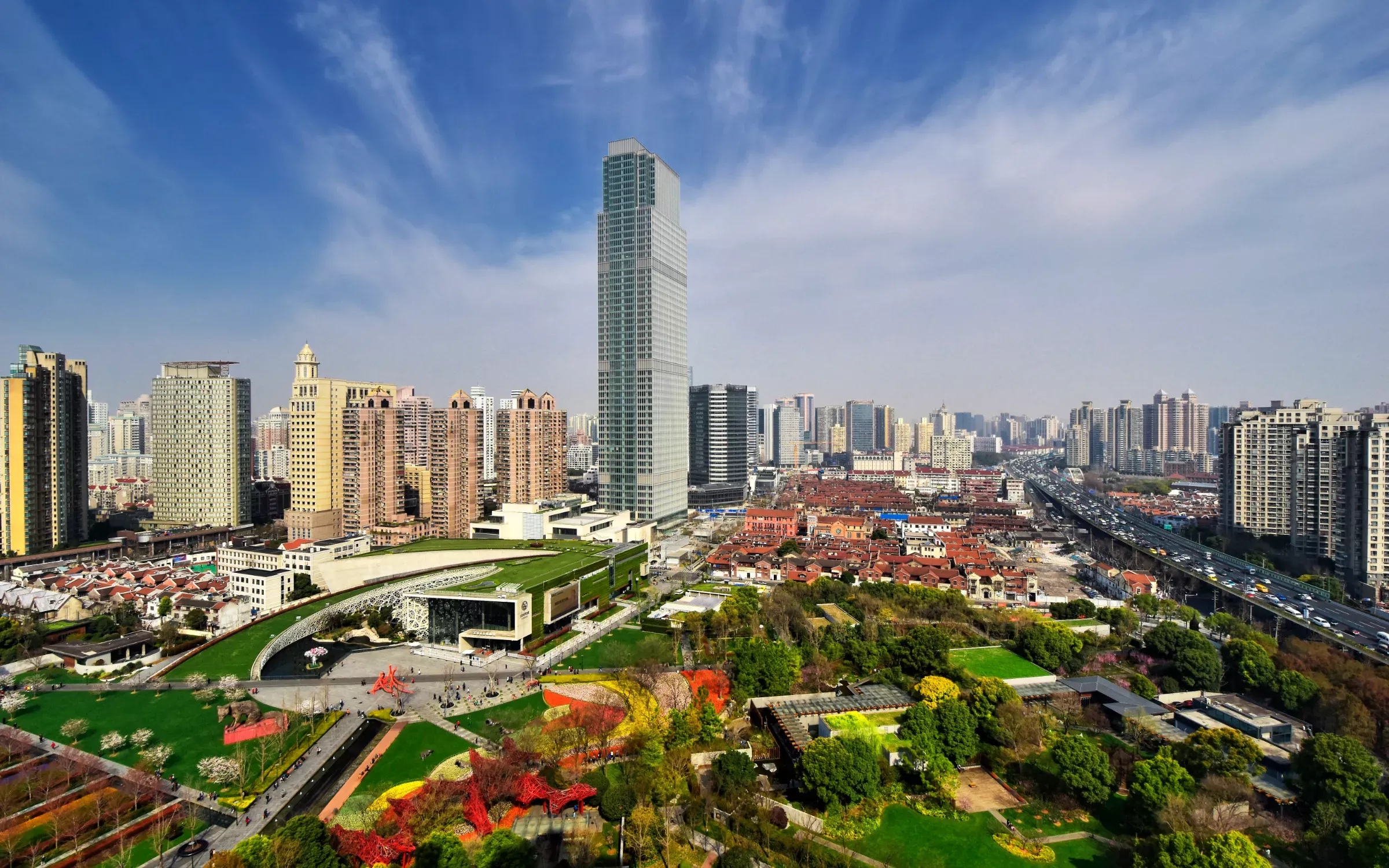
What’s the Point?
As office occupiers and investors around the world ponder the purpose of the office in a hybrid work model, countries in the Asia-Pacific region (APAC) are leading the way back to the office. Across APAC, the office re-entry rate is averaging 74%, according to third-quarter 2022 data from JLL Research. What’s more, office rents are already rising in APAC markets.
What’s driving regional return-to-office trends
At Hines’ February Global Strategy meeting, special guest Stuart Crow, CEO, APAC Capital Markets of JLL, unveiled encouraging office trends in the region. “Cities like Beijing, Seoul, Singapore, Tokyo and Mumbai are seeing estimated office re-entry rates in excess of 70%, while Sydney and Melbourne offices are experiencing 50% to 60% re-entry rates,” said Crow. “Office space absorption in India has returned to its pre-pandemic peak because managers and workers alike often prefer to be in the office—especially when the office is of high quality.”
Among corporate real estate executives in APAC, 77% agree that the office will remain central to their organization’s long-term business strategy, according to JLL research. Premium buildings are most likely to benefit from this trend, being most equipped to meet the evolving requirements for a compelling, technology-enabled workplace offering an engaging employee experience.
“Return-to-office requires a new dimension of user experience to attract tenants, and we have seen strong growth in high-value locations,” said Ray Lawler, CEO of Hines in Asia.
Culture, customs, workforce demographics and housing are among the factors that influence regional differences where remote work is concerned. As discussed in JLL’s The Workplace You Need Now, the office remains a central place for employees to work in such countries as Japan and Korea. Globally, workers over age 50—and public-sector employees, in particular—value the traditional office workspace. For others, the office is a productive refuge from the distractions of home and family.
China, Japan and India are the countries least receptive to flexible and remote work. Overall, few APAC managers expect—or would permit—staff to work remotely all the time, according to research from the Center for Creative Leadership, a U.S.-based management education nonprofit. Most APAC employees still must go to the office at least some of the time, and more than one-third now expect to spend more than three quarters of their time in the office.
High housing costs, multigenerational households, and small dwellings in major APAC cities all make working at home less appealing, JLL research has found. In Hong Kong and Singapore, famously tiny—and expensive—apartments make the office seem like a great place to work. The average size of an apartment in Hong Kong is 40 square meters (430.5 square feet)—about the size of three car parking spots—and 90 square meters (969 square feet) in Singapore. No wonder many prefer the relative spaciousness of the office.
For many younger workers, the office is an outlet for getting away from crowded and noisy households, including their parents, and for socializing. Younger workers in India are particularly attracted to high-quality offices offering a safe and clean environment, cheap food, and free and reliable WiFi.
Stronger demand for high-quality offices
High-quality, premium office assets are significantly outperforming other office buildings across APAC as occupiers look to upgrade their spaces. Since the onset of the pandemic, leasing demand has been strongest for newer buildings. For example, Singapore saw a stunning 10% increase in office rents in 2022 on average, although rents at buildings constructed before 2000 are still below pre-pandemic levels.
“Rents will rise in most APAC markets in 2023, with Seoul, Taipei, Perth, Sydney and Hanoi projected to be top performers for rent growth among Grade “A” office assets,” said Crow. “Tokyo is an exception, where the office market has been stagnant for more than a decade, and greater acceptance of work-from-home has led to rent declines.”
Not surprisingly, valuations also are rising in the markets seeing the most rent growth—Grade “A” office valuations in Hanoi are projected to increase by 7.3% in 2023—and office valuations are exceeding pre-Global Financial Crisis levels already. Cap rates have fallen in all markets.
“Lower susceptibility to ‘work from home,’ as well as relatively healthy office-using employment growth, indicates that office demand may likely seep into lower-quality segments in Asian markets,” says Ling Ng. “The implication is that the office investment opportunity would be more broad-based in Asia relative to expectations in Western markets.”
